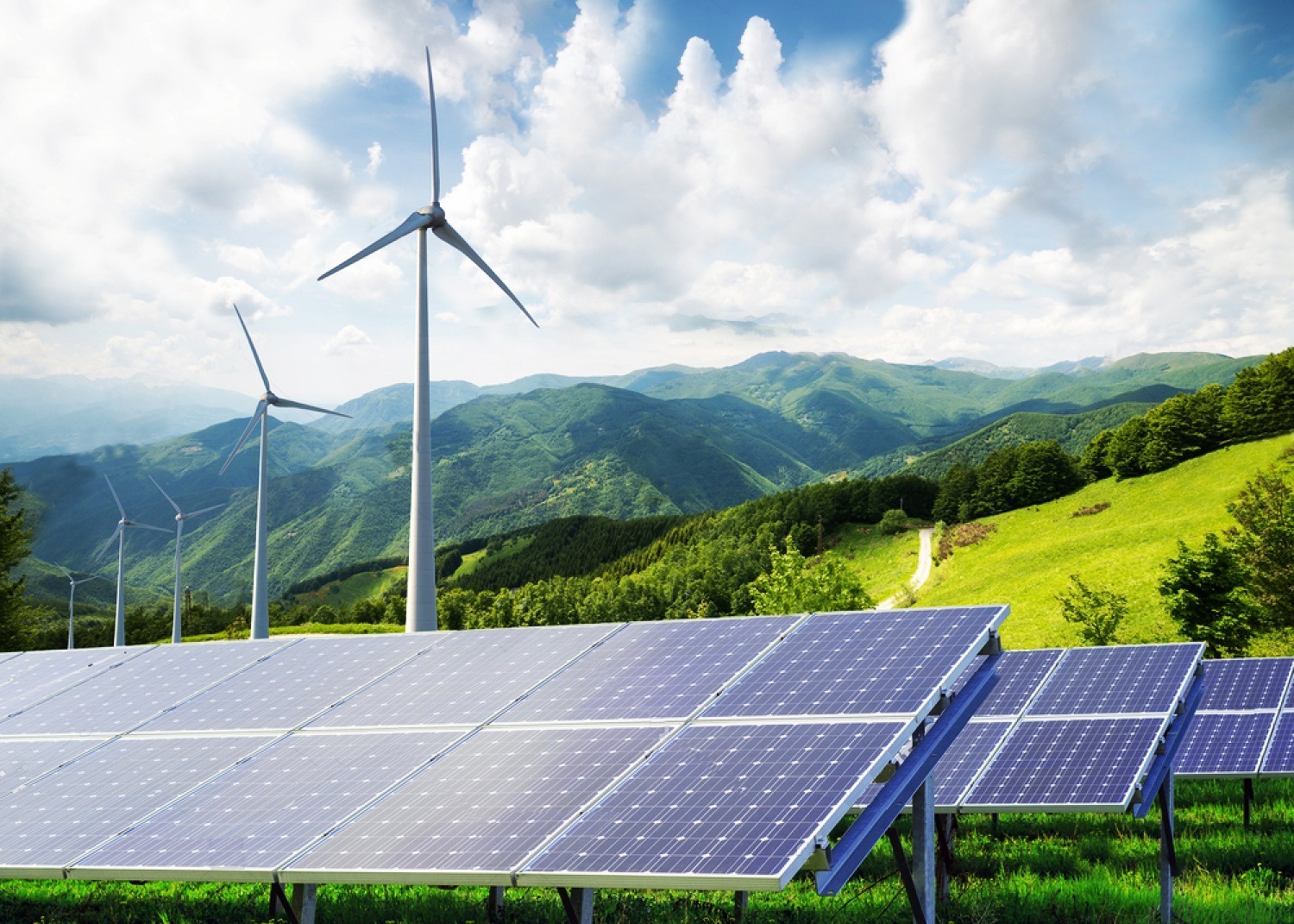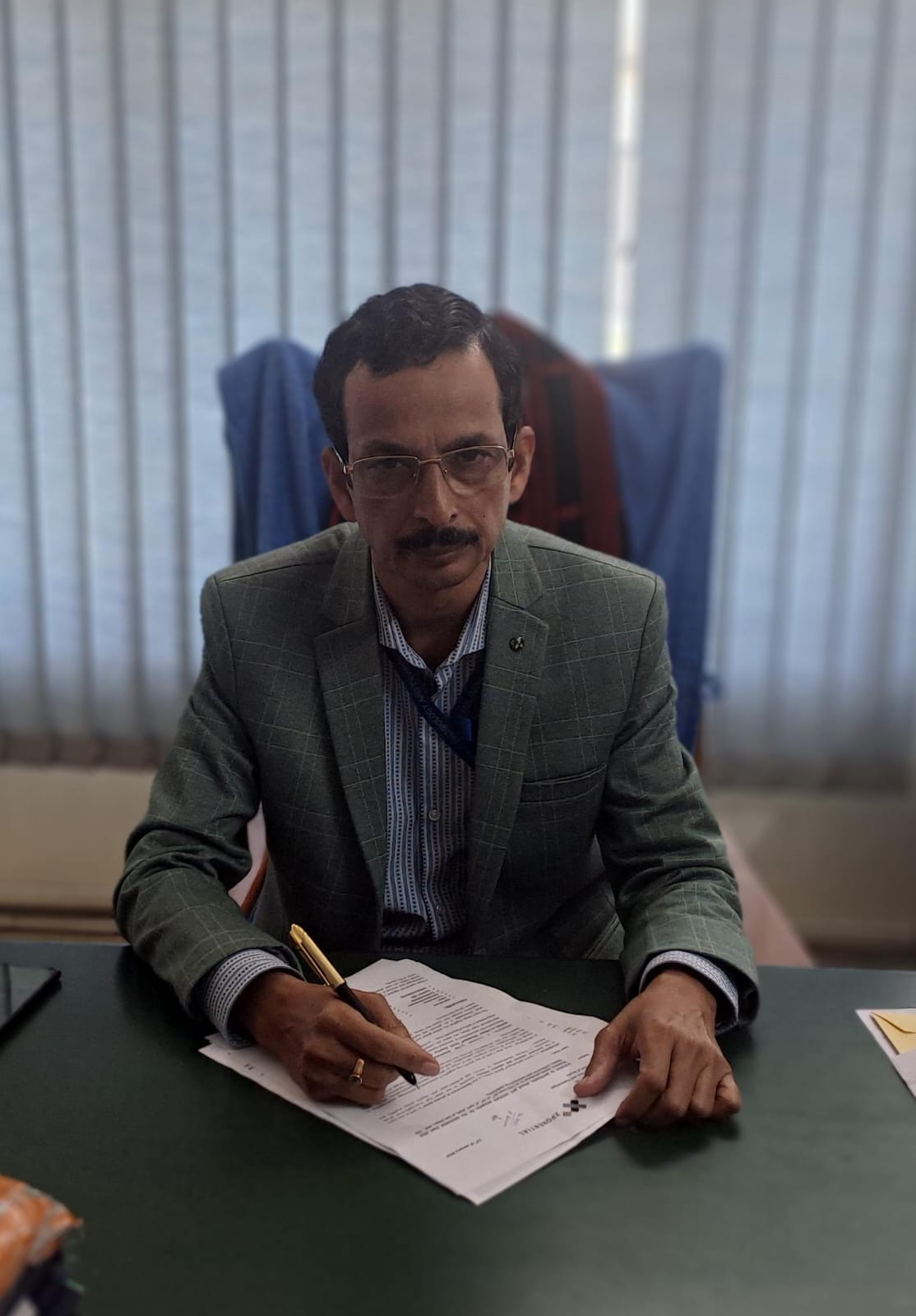
Guwahati: Renewable energy utilization in Assam found a special place in the Assam budget Budget 2024-2025. Business North East conducted an exclusive interview with the Director of Assam Energy Development Agency (AEDA) Dr Jaideep Baruah to learn about the state's ongoing thrust on pro-environment policies. Excerpts from the interview are as under:
 Dr Jaideep Baruah, Director, AEDA.
Dr Jaideep Baruah, Director, AEDA.
Business North East: What is your reaction to the budget and how does it promote renewable energy sources and more renewable energy plans in Assam?
Jaideep Baruah: It is a very encouraging budget this year in terms of environmental sustainability and climate change. Many schemes and initiatives have been declared to address climate change and in the field of renewable energy as well. You have observed that rooftop solar panel is given due priority. The government is now committed to ensuring rooftop solar in all the newly constructed buildings. A separate bill will be passed in the Assembly. Another good initiative is an energy audit in all the government buildings. It will be helpful to assess our energy requirements - how we can address the use of renewable sources of energy and minimize the use of fossil fuels.
Another initiative mentioned in the budget was the Memorandum of Understanding with Oil India Limited in renewable energy resources. If it is successful, then it will be a very path-breaking development in the green energy sector.
BNE: How can a common person access a rooftop solar panel as it is quite expensive?
JB: There are two modes in this context. One is a standalone system with a battery and the other is grid connectivity. In grid connectivity, there are two models. In one, you need not invest anything, The vendor will come to your place and install their system. There were some government subsidies but nowadays, because of solar installations, the cost is now coming down. Many people are now opting for solar power.
BNE: What is Assam's plan to promote alternative energy sources?
JB: The government of Assam has demonstrated its unwavering commitment to the promotion of renewable energy through various initiatives, One such major initiative is the 'Mukhya Mantri Soura Shakti Prokolpo' scheme which is aimed at the installation of 2000 megawatts of solar projects highlighting Assam’s dedication to a greener energy future. Further, Assam has a floating solar power generation potential of 3000 megawatts. For 1000 megawatt floating solar projects, a memorandum of understanding has been signed by the government. Decentralized projects and schemes such as grid-connected rooftop solar projects, and off-grid decentralized solar street light systems have been taken up with the support of MNRE of the government of India.
The state government of Assam has undertaken numerous measures for green transport and lowering our carbon footprint but has also spurred economic activities in the region such as the introduction of the Electric Vehicles Policy 2021 which will be in effect over five years until 2026. During this period, the policy aims to achieve a 25 percent penetration of EVs in the total number of vehicle registrations. The state government aims to achieve a 25 percent penetration of EVs in the total number of vehicle registrations. The state government aims to convert 100 percent of the public transport bus fleet to electric buses by 2030. This is to accompany another ambitious target of phasing out all fossil fuel-based commercial fleets, government vehicles, and logistics vehicles in all Assam cities by 2030. Very recently, the government of Assam has introduced the Vehicle Scrappage Policy, wherein 3000 old and polluting 'end of life' vehicles have been dismantled and scrapped scientifically. The green tax has been levied to discourage people from renewing their old and polluting vehicles.
BNE: How widespread is renewable energy use in Assam?
JB: Assam Renewable Energy Policy, 2022 approved to create an ecosystem to propel the growth of the renewable energy (RE) power sector. The policy aims to install an aggregate RE of 1,200 MW within 5 years. The grid-connected solar power will have a target capacity of 620 MW.
BNE: What is the agency’s long-term strategic vision for the development of renewable energy in Assam?
JB: Enhancing the use of new and renewable energy sources and devices for bridging the gap of energy requirements and capacity building thereon. Awareness and implementation of various renewable energy schemes and projects of MNRE, the government of India, and the state government.
BNE: What specific goals has the agency set to contribute to the state’s energy sustainability?
JB: Assam’s Energy Development Agency (AEDA) was formed as a state Nodal Agency (SNA) under the aegis of the Ministry of New and Renewable Energy (MNRE). Since its inception, AEDA has been carrying out different renewable energy projects in the state under various schemes such as remote village electrification program, off-grid solar power plants, improved cook stove program, grid-connected rooftop solar program, a solar street light project under Off Grid and decentralized solar PV applications program.
AEDA has also carried out wind resource projects with the support of the National Institute of Wind Energy under the government of India, off-grid solar power projects in the health sector in six scheduled areas of the state of Assam, floating solar power plants, training, and skill development programs and awareness programs on renewable and fixed type improved cook stoves. Further, AEDA has been carrying out research and development activities in renewable energy as well as in e-vehicles.
BNE: Who are the target beneficiaries of PM Kusum Solar Pump, a 10-kilowatt floating power plant at Thanagarha village under Bhurbandha Gaon Panchayat in Morigaon?
JB: The floating solar project was developed as a research and development initiative on a pilot project basis by AEDA and has directly benefitted several households located near the pond. The pond is surrounded by a few households that were not connected to the grid and the floating solar platform here has become an ideal way to provide electricity to this community.
BNE: How is the placing of an 80-kilowatt hour grid-connected rooftop solar power plant at Sri Sankardeva Nethralaya, Beltola helpful for the hospital? Will a similar panel be placed upon other hospitals and offices in the state?
JB: The GCRT project in Sri Nethralaya, Beltola helps in reducing electricity bills; No additional land is required to install these panels, therefore, consumers can utilize the available vacant roof space. Low maintenance charges, low gestation period, and reduction of Carbon dioxide oxide are other benefits. The 14-megawatt grid-connected rooftop solar program was under the MNRE, a government of India scheme with 70 percent CFA, and the project ended in 2018. However, similar grid-connected rooftop solar projects can be taken up in other hospitals in Assam.
BNE: What is the reach of rooftop solar panels being connected to the power grid? What should be done to increase the spread?
JB: To increase the spread the rooftop solar, promotion, and awareness programmes of the same are required. Further, with the announcement of the Sarvodaya scheme by the Prime Minister on January 22, the rooftop solar scheme is going to benefit many households.
BNE: How does the agency prioritize and select projects to ensure maximum impact on energy development?
JB: AEDA's belief is to impact energy development from the grassroots level and to cater to the renewable energy demand of different areas particularly in the rural areas where conventional power has not been reached or grid supply is erratic. Further, AEDA prioritizes projects based on the energy requirement, and impact on the surroundings and environment, AEDA further targets to implement projects in various sectors such as ecotourism.
BNE: How does the agency collaborate with other government departments, private organizations, and international entities to promote energy in the region?
JB: AEDA is collaborating with various departments of state governments such as health and family welfare departments, education departments, Assam Industrial Infrastructural Development Corporation (AIIDC) under the Industries department, and fisheries department in promoting renewable energy. They are also collaborating with DC and SDO offices. AEDA in collaboration with WRI (a research organization) developed Energy Access Explorer (EAE) which is an online open-source, interactive, geospatial platform that enables clean energy entrepreneurs, academia, energy planners, donors, and development-oriented institutions to identify high-priority areas where energy access can be explained.
BNE: What are the key challenges and opportunities that the agency anticipates in the coming years?
JB: With the announcement of the PM Survodaya scheme by the honorable Prime Minister of India. AEDA can play a major role in the state of Assam for the implementation of the project as AEDA has successfully implemented grid-connected rooftop solar projects in the state.
ALSO READ: What industry leaders thought of the Assam Budget 2024-25